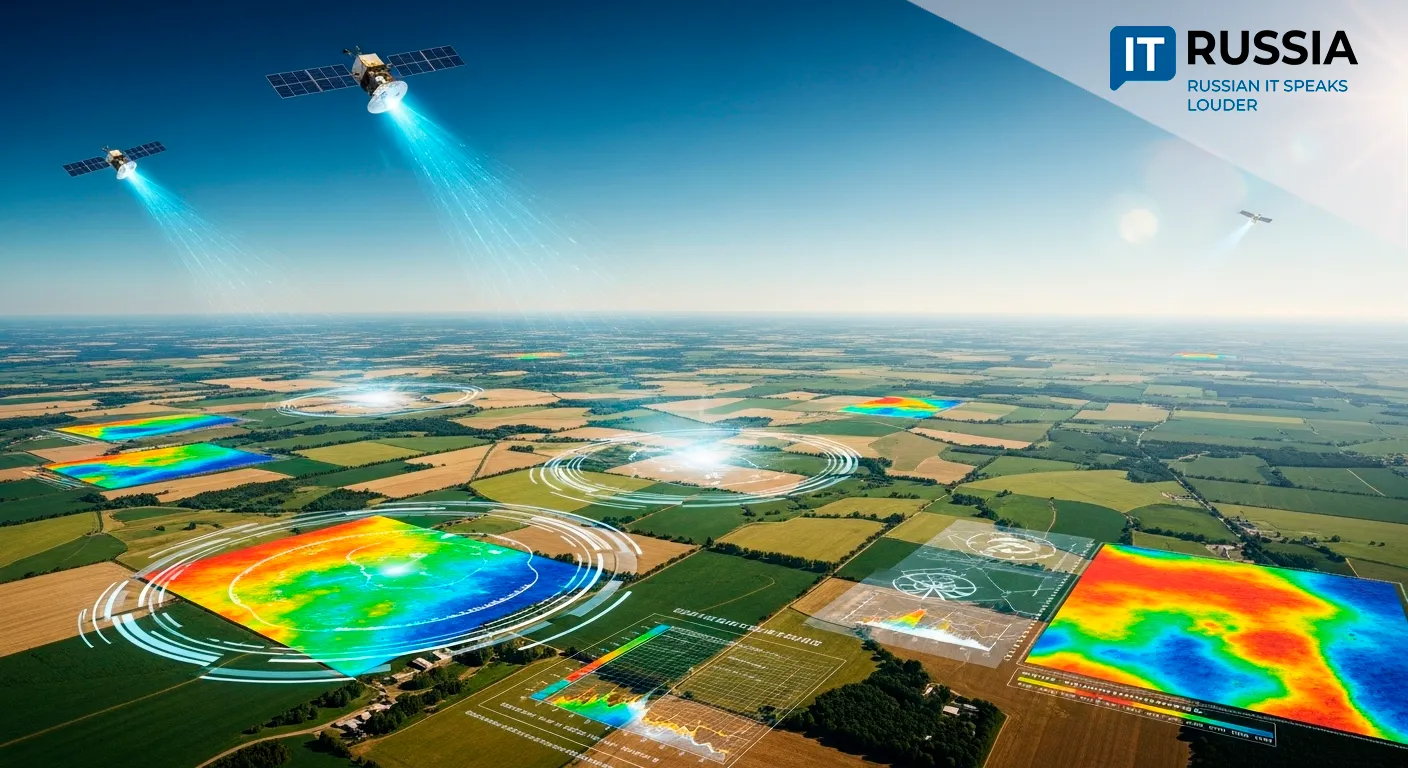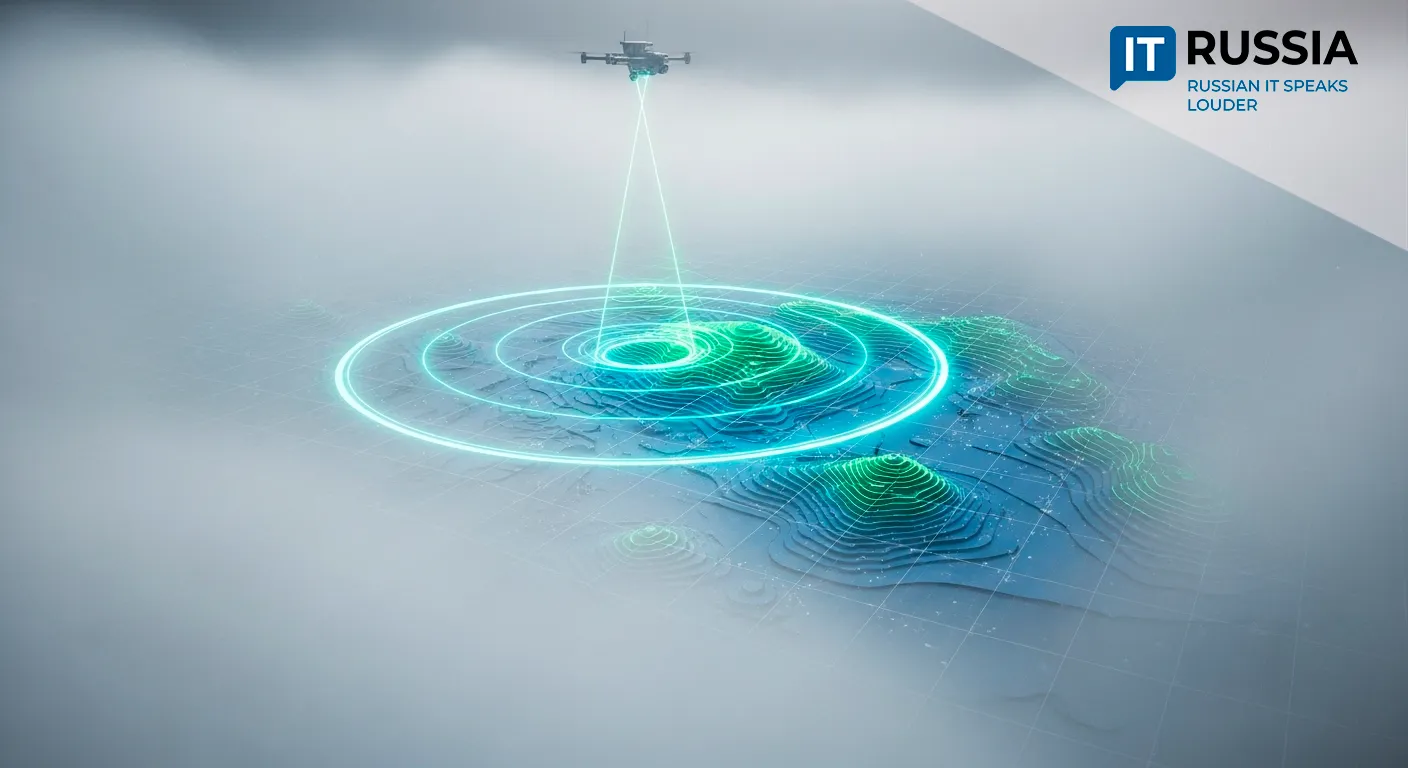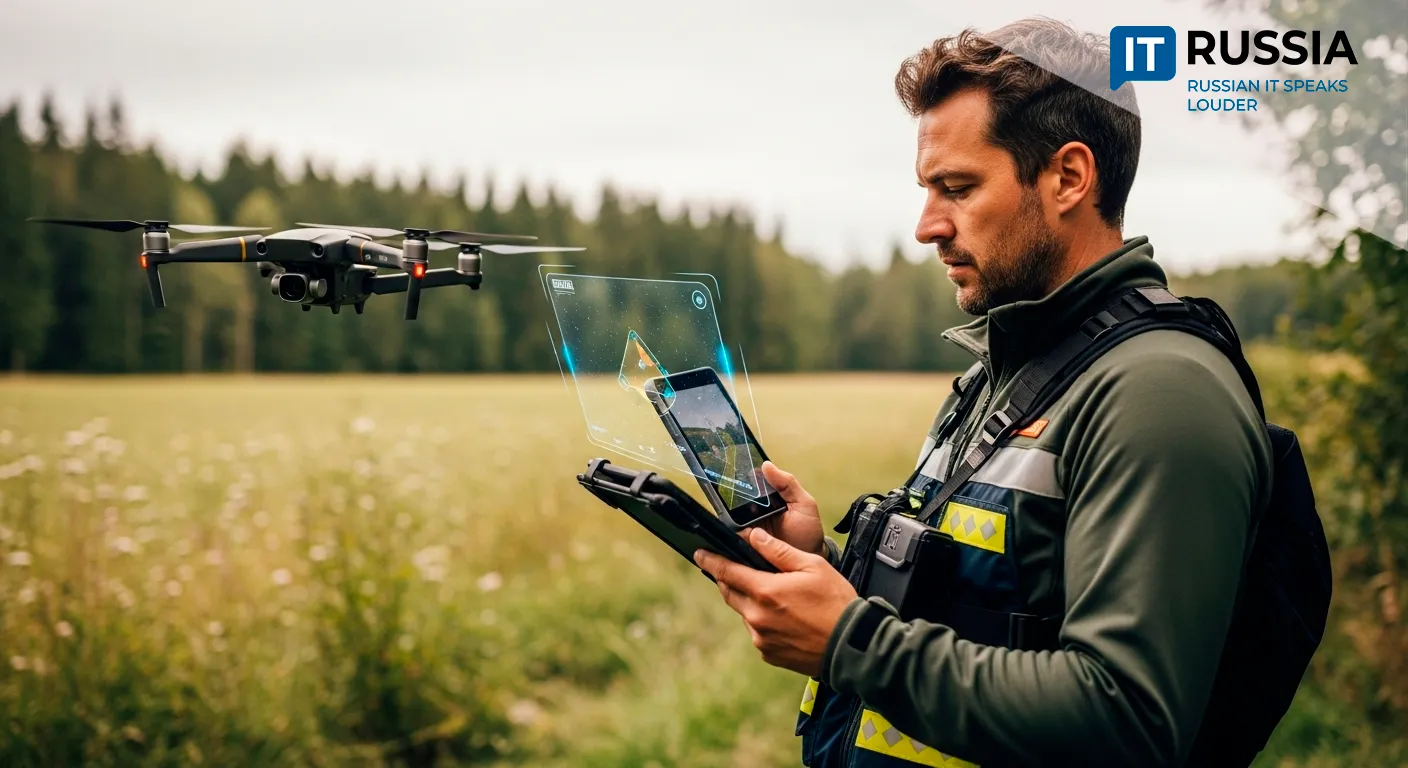Caught on Camera: How Neural Networks Are Helping to Protect Russia’s Wildlife Reserves
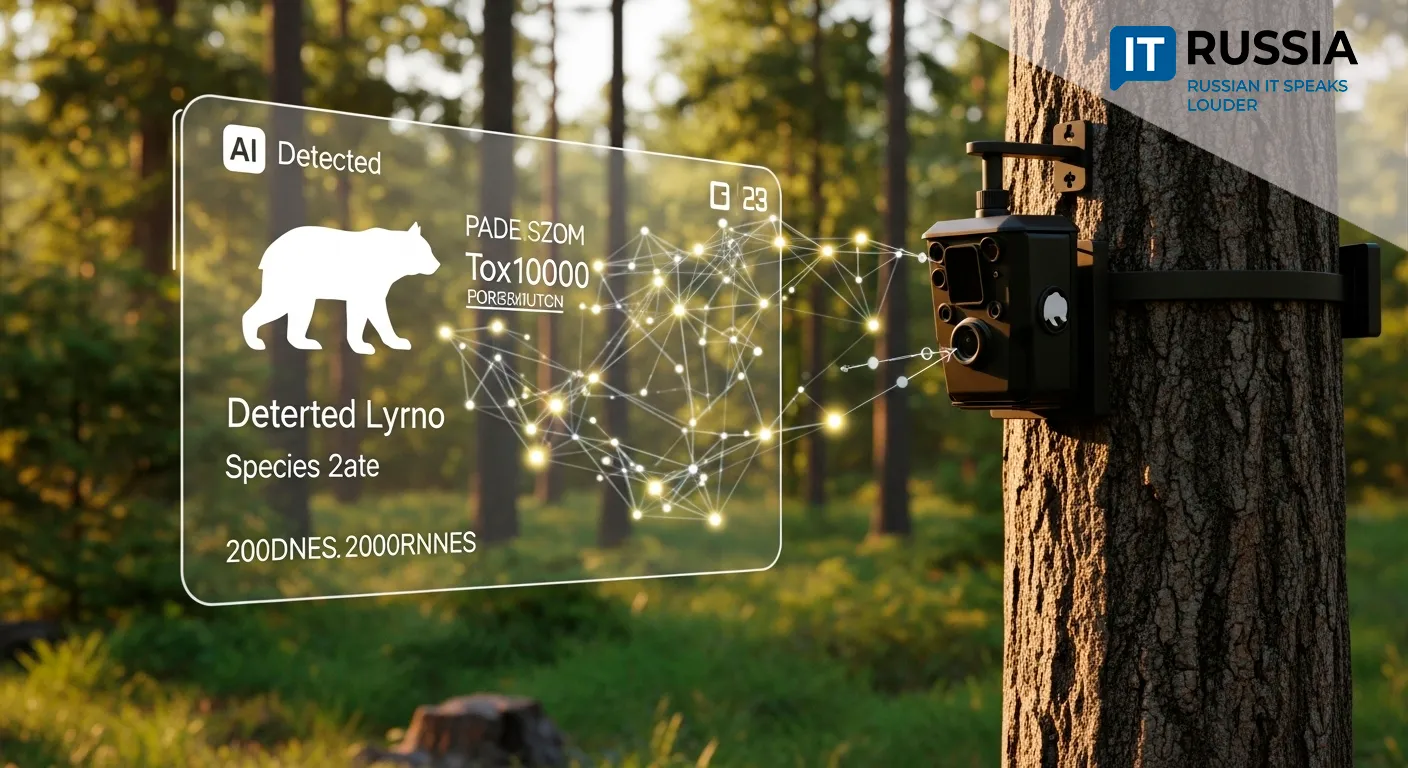
Russia is turning to AI-powered camera traps to protect wildlife and preserve biodiversity—an important step in the country’s ecological monitoring efforts.
AI Joins the Conservation Team
In the Central Forest Nature Reserve in Russia’s Tver Region, artificial intelligence is now part of the effort to track and protect wildlife. Camera traps—originally deployed over a decade ago—are no longer just passive observers. They now transmit images to neural networks that identify species, estimate populations, and track movement patterns.
These AI-powered systems are addressing a critical bottleneck in ecological research: data overload. Previously, researchers had to manually sift through thousands of images to find rare or endangered animals. Now, the neural networks can analyze this data automatically, increasing accuracy and dramatically reducing the time needed for analysis. The outcome? Better-informed protection strategies for vulnerable fauna.
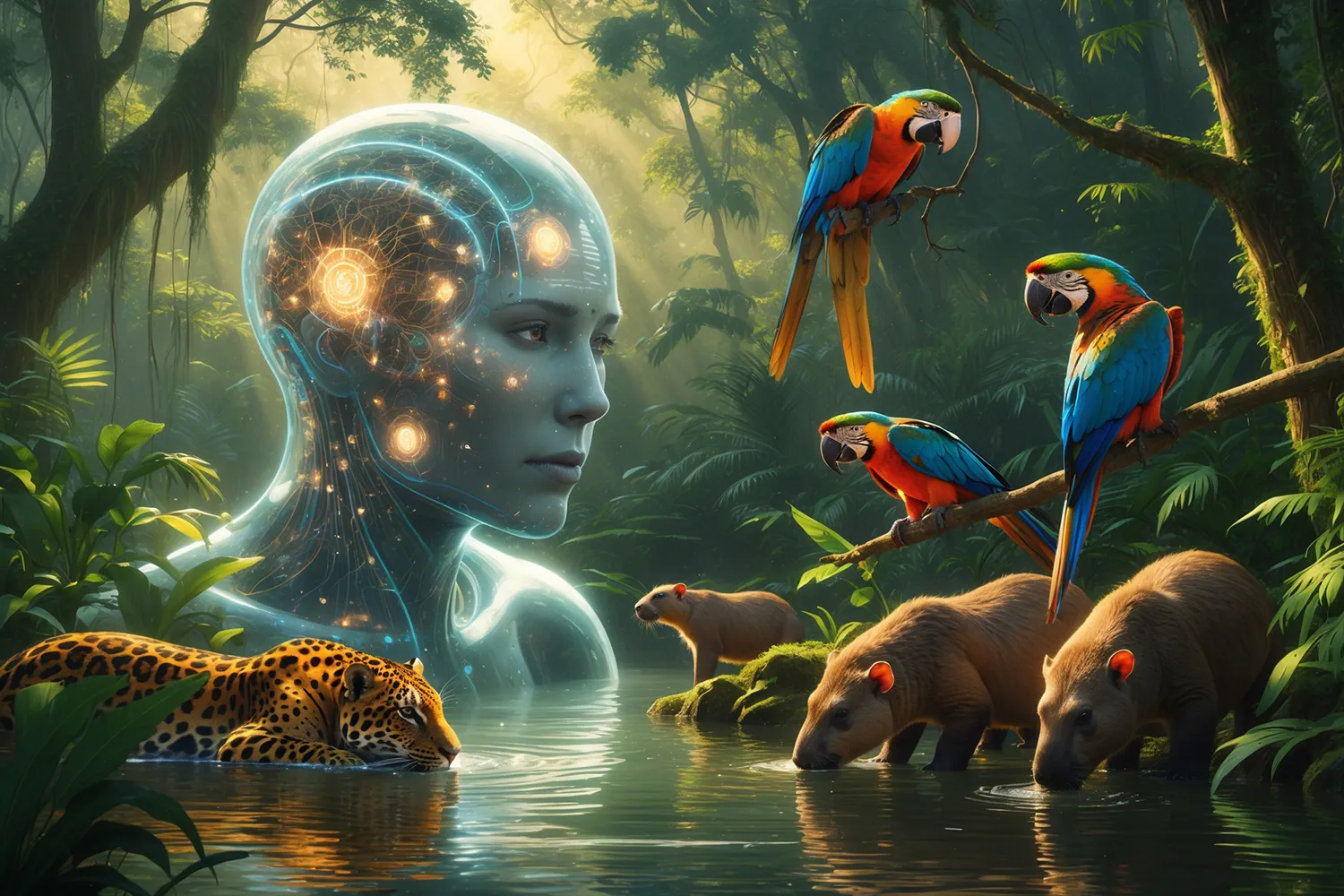
Neural Networks for Rare Species
The integration of AI into wildlife monitoring has accelerated in recent years. The Moscow Institute of Physics and Technology (MIPT), together with Russia’s Ministry of Natural Resources, has developed AI software that monitors endangered species. It has been tested across seven protected areas, including the “Land of the Leopard” national park in Primorye, where the system successfully identified Far Eastern leopards, Amur tigers, and other elusive animals. MIPT's algorithm is capable of processing up to one million images per day.
Elsewhere, students at Yandex’s School of Data Analysis created a neural network that tracks snow leopards, a critically endangered species with an estimated population of fewer than 90 in Russia. Their tool now supports the Saylyugemsky National Park in locating these rare animals through automated photo analysis.
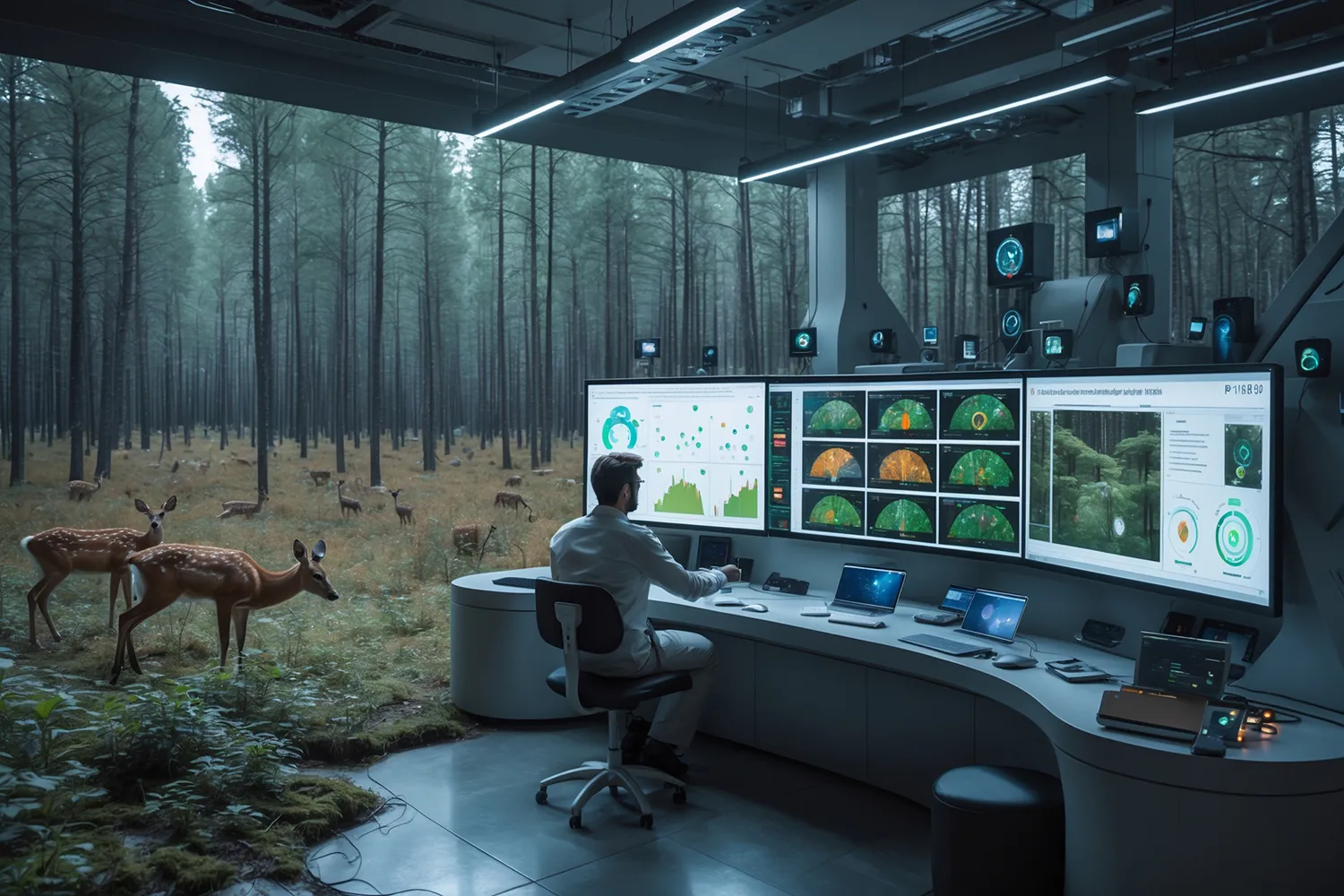
The Central Forest Reserve's experience could serve as a model for scaling these technologies. A national monitoring system is already being considered to unify data across protected areas for scientific use—and even potential export to developing countries and CIS nations lacking similar digital infrastructure.
AI’s Growing Role in Biodiversity Preservation
Although current AI tools are not a substitute for trained biologists, they offer a vital complement. Experts stress that algorithms should be used to handle routine tasks so that researchers can focus on higher-level ecological and behavioral analysis.
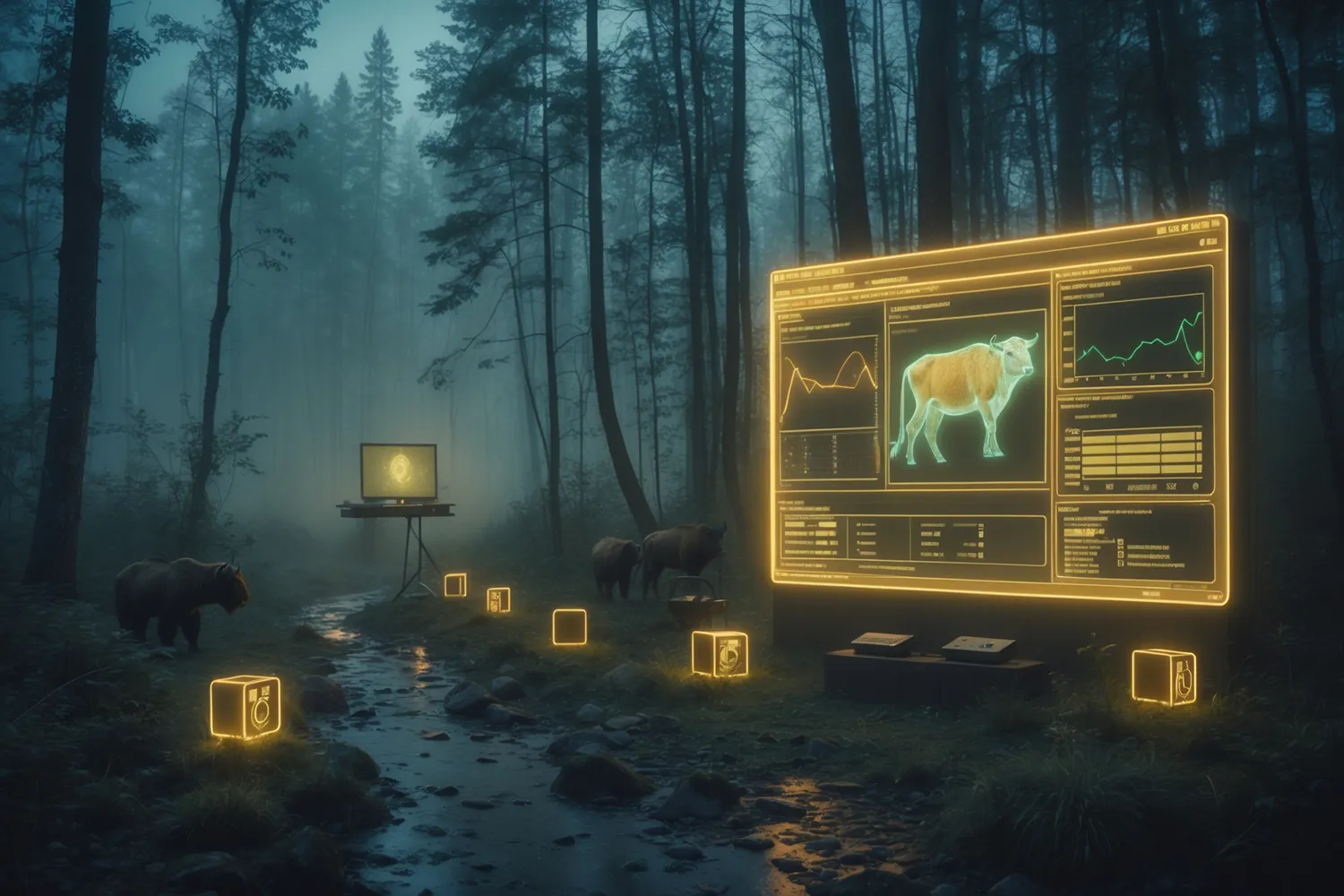
More advanced models are already on the horizon—ones capable of recognizing individual animals based on subtle features like stripe patterns or spot distributions. Delegating monotonous data tasks to AI may soon allow researchers to dedicate more time to fieldwork, habitat restoration, and conservation strategy.
This is not a future vision—it’s happening now. The sooner AI is deployed broadly in conservation, the better our chances of preserving biodiversity and protecting ecosystems from irreversible damage.













